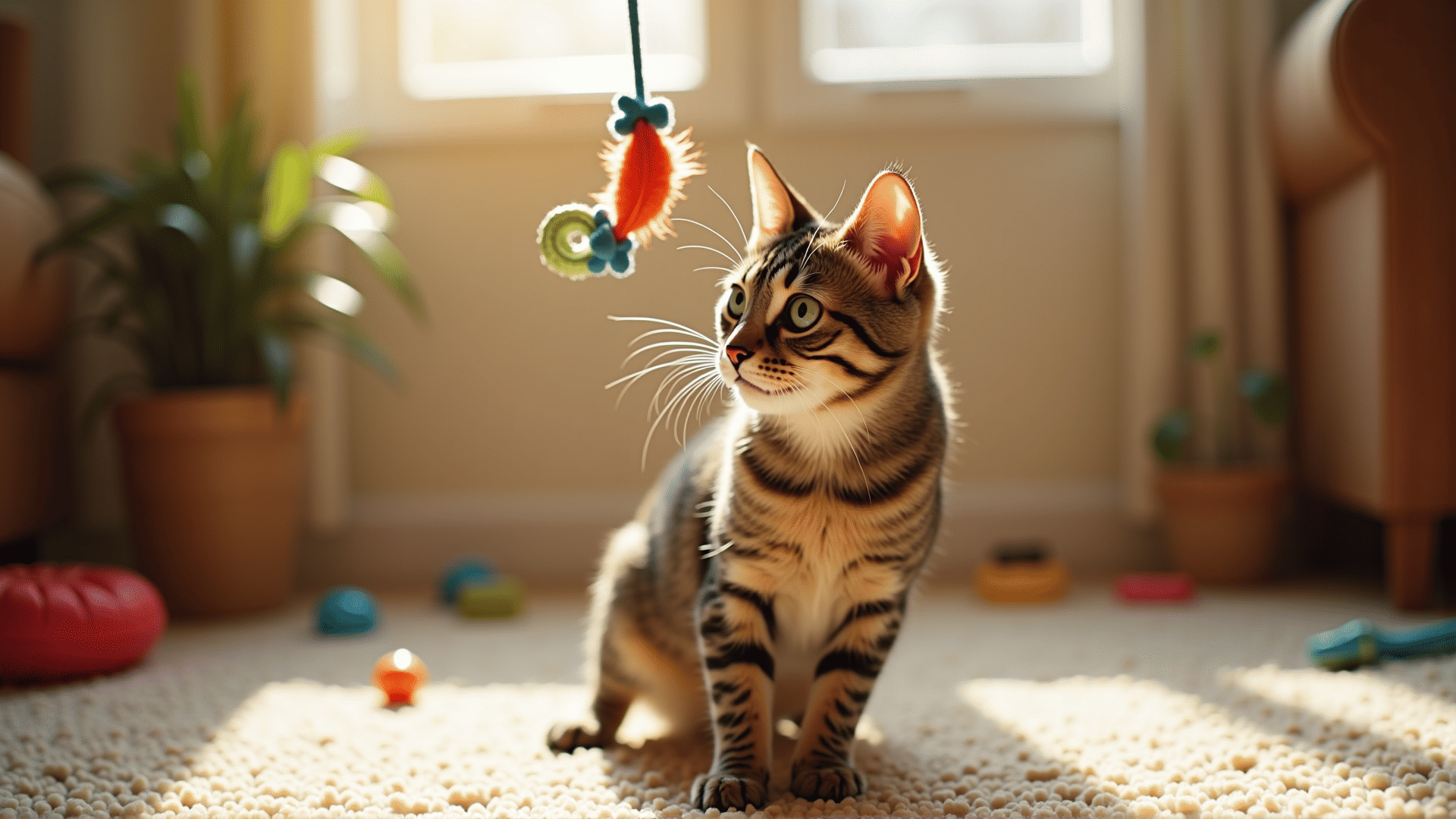Understanding feline behavior is key to building a deeper connection with your furry companion. Cats are often misunderstood due to their independent nature and subtle communication cues. However, by paying attention to their body language and habits, you can significantly enhance the bond you share with them.
Cats primarily communicate through body language. Tail position is a crucial indicator of a cat's mood. A raised tail usually signifies confidence and contentment, while a bushy or low-held tail may indicate fear or apprehension. Likewise, when cats arch their backs or fluff up their fur, it’s typically a sign of defensiveness.
Ears also play a significant role in feline communication. Forward-facing ears suggest curiosity and engagement, whereas flattened ears can indicate anxiety or aggression. Observing changes in your cat’s ear position during interactions can help you gauge their comfort level.
Vocalizations are another important aspect of understanding your cat. Meowing can have various meanings, from seeking attention to expressing discomfort. Pay attention to the pitch and frequency of your cat’s meows, as well as the context in which they occur.
Kneading, a behavior where cats press their paws rhythmically against soft surfaces, is often a sign of comfort and contentment, reminiscent of kittenhood when they stimulated milk flow from their mothers. Purring, too, is typically associated with happiness, although it can also indicate pain or distress in some situations.
Daily routines and habits can also provide insights into your cat’s behavior. Cats are creatures of habit, and sudden changes in their behavior or routine can signal health issues or environmental stress. Regular playtime is essential for physical and mental stimulation, helping prevent boredom and destructive behavior.
Understanding these cues can contribute to a more harmonious relationship with your cat. By responding appropriately to their signals, you can create a safe environment where your cat feels secure and valued. Consistently observing and respecting their modes of communication will not only improve your connection but also enhance your cat's quality of life. Embrace the challenge of deciphering your cat’s unique language, and you’ll find your efforts rewarded with a more profound and rewarding companionship.
